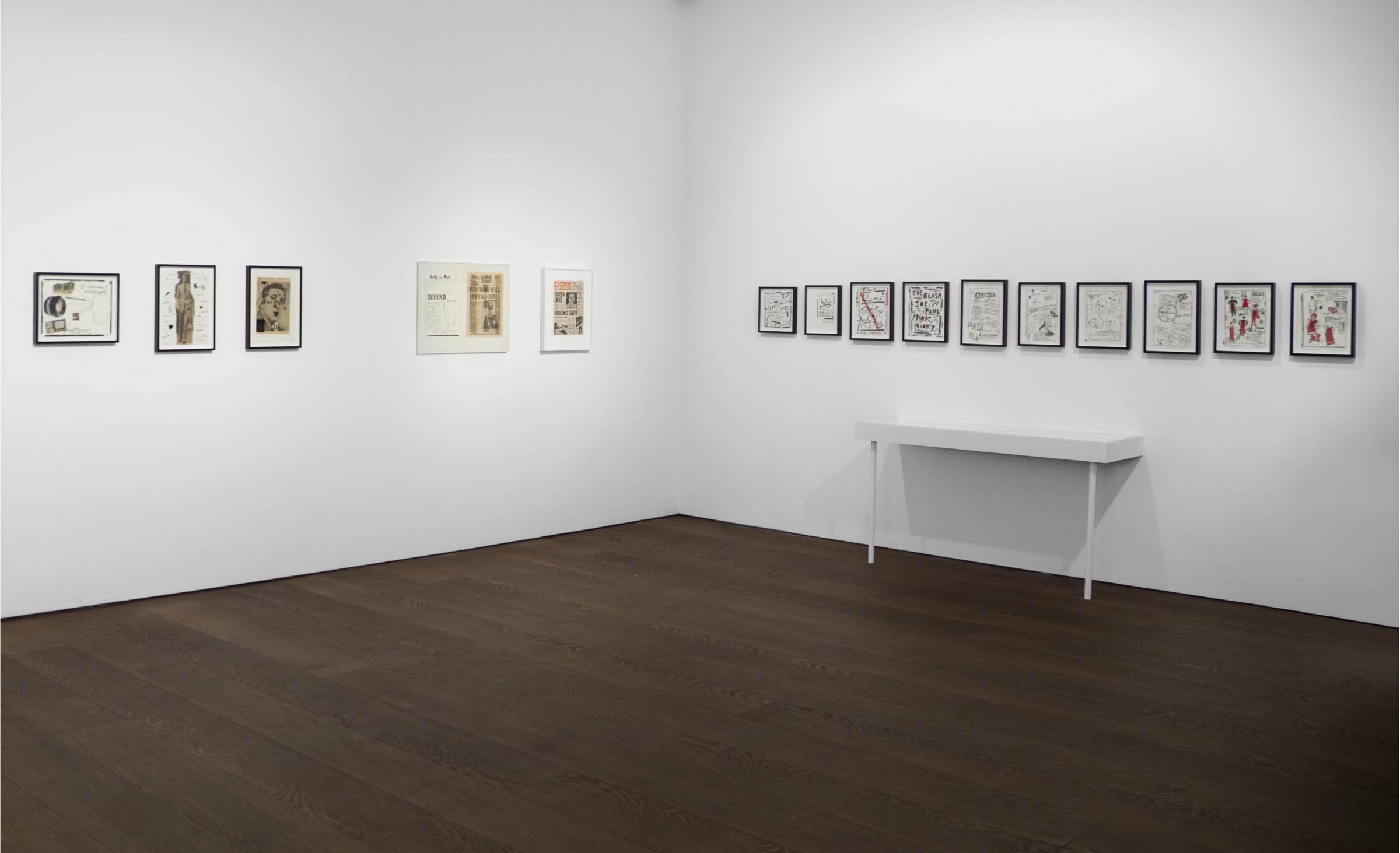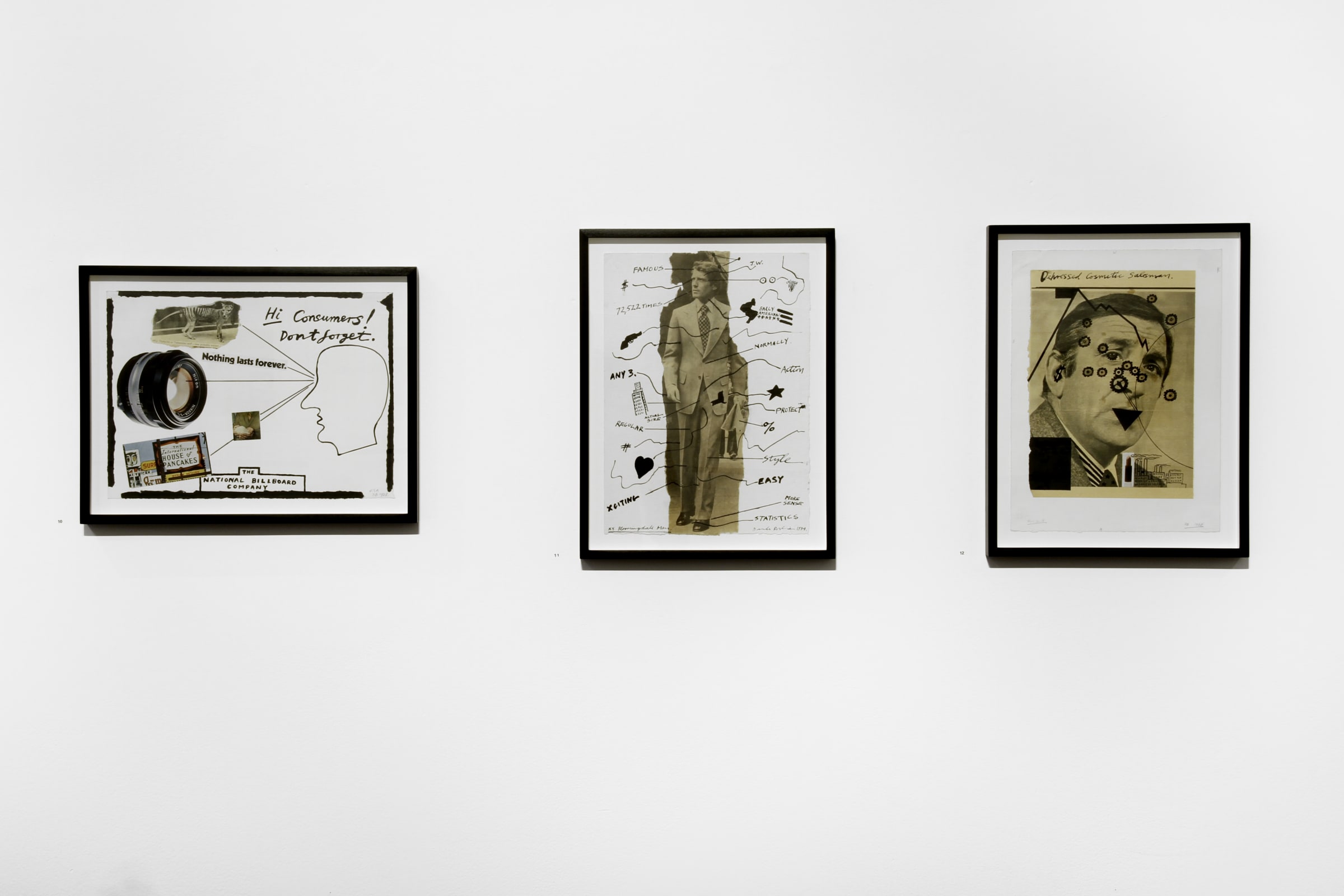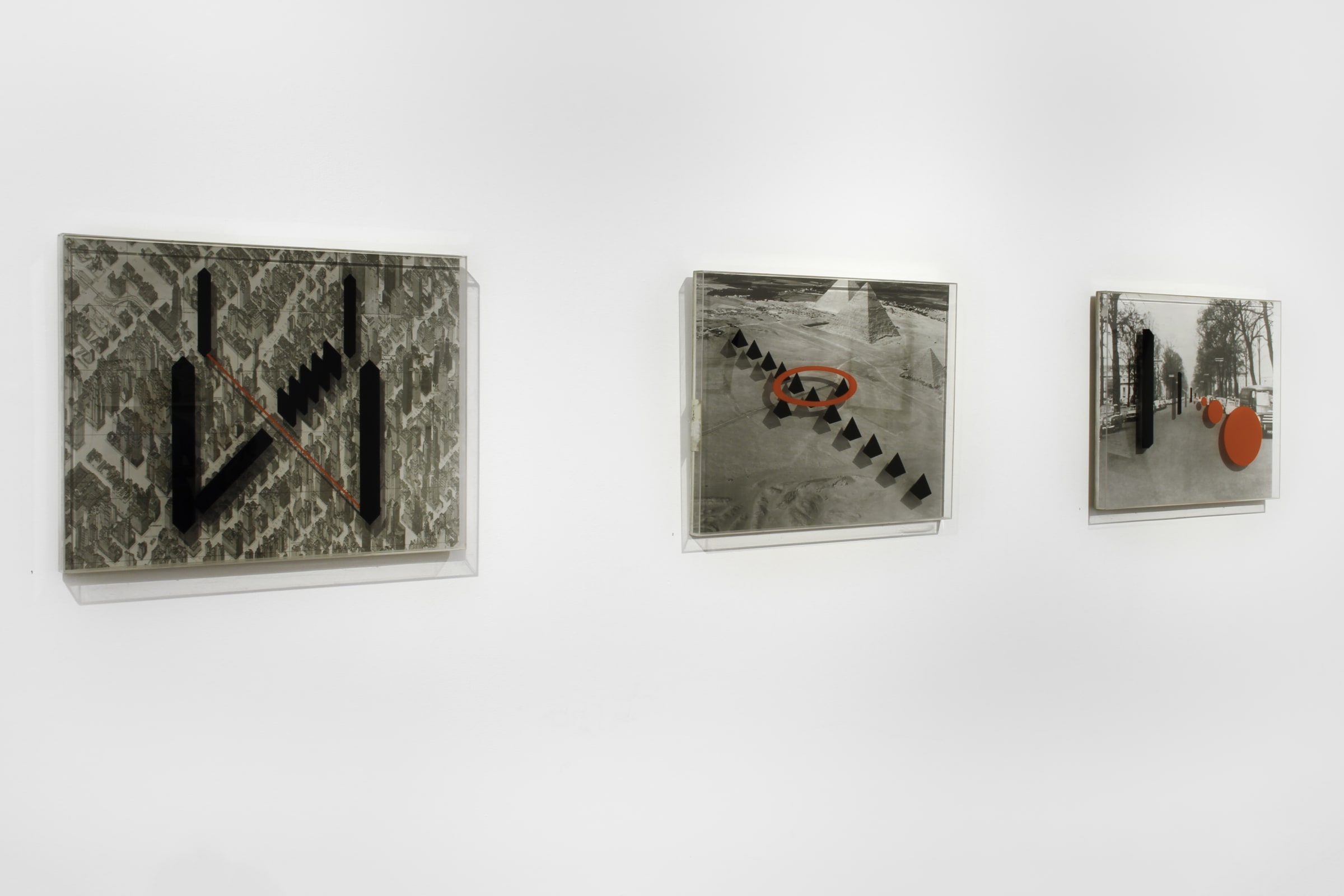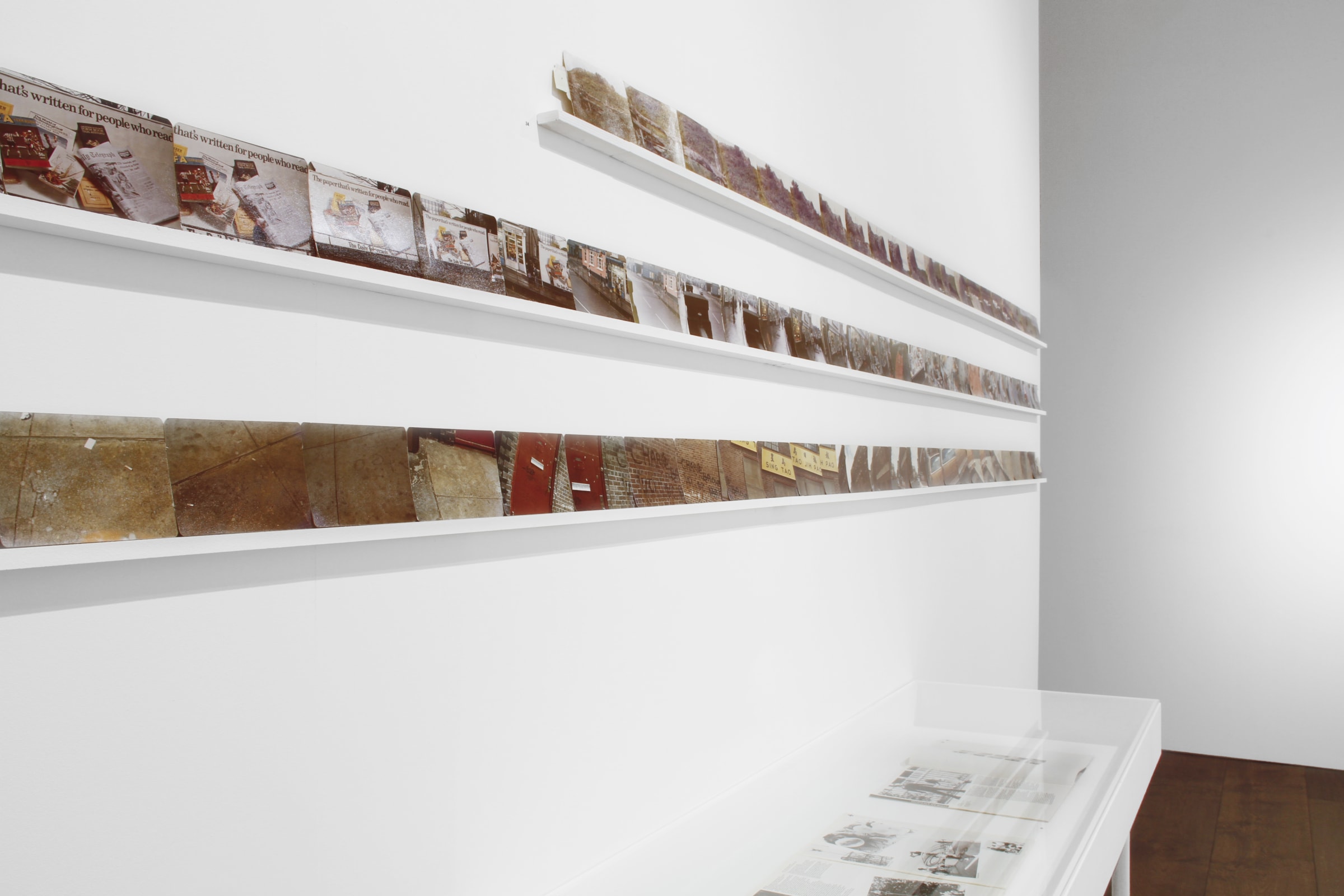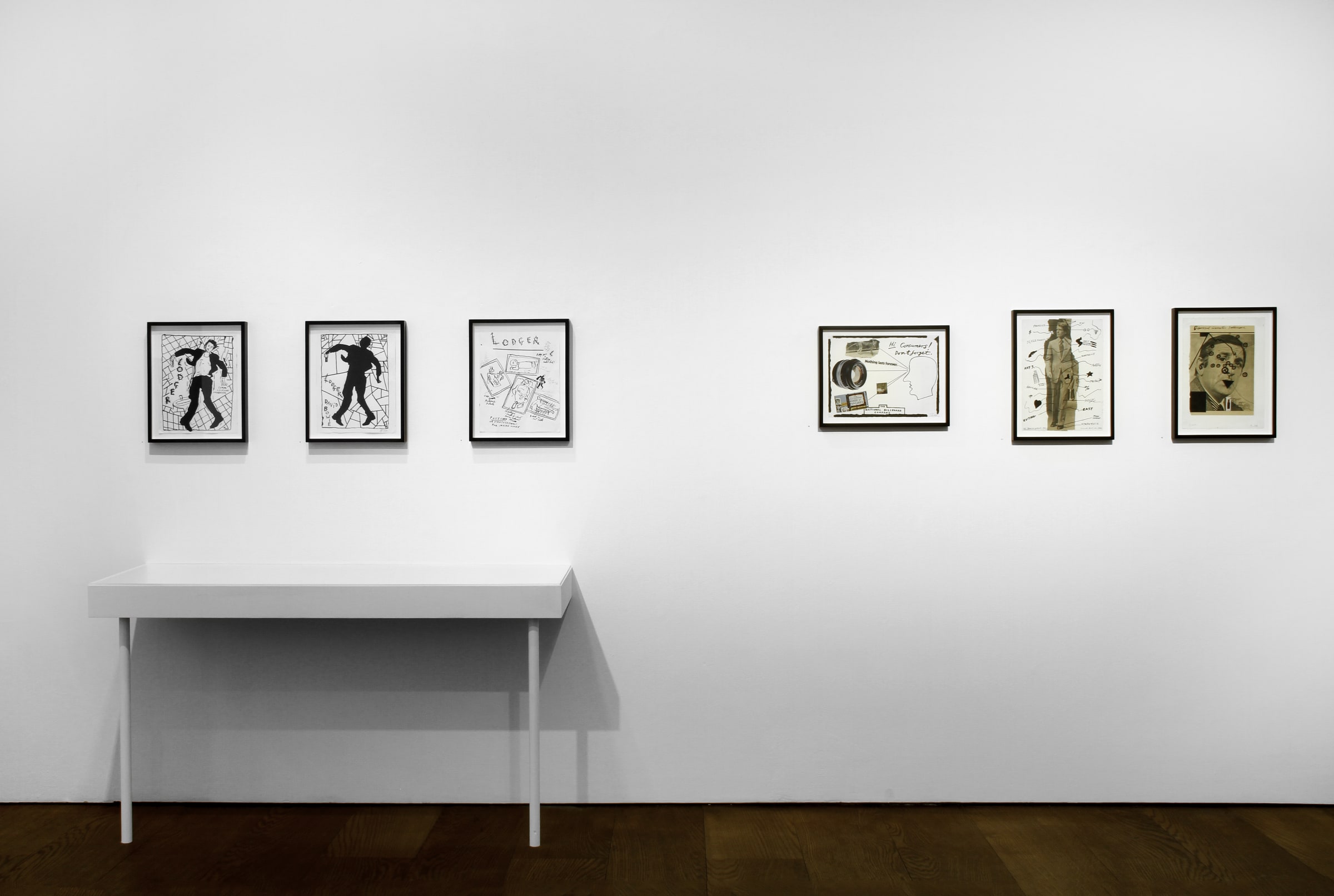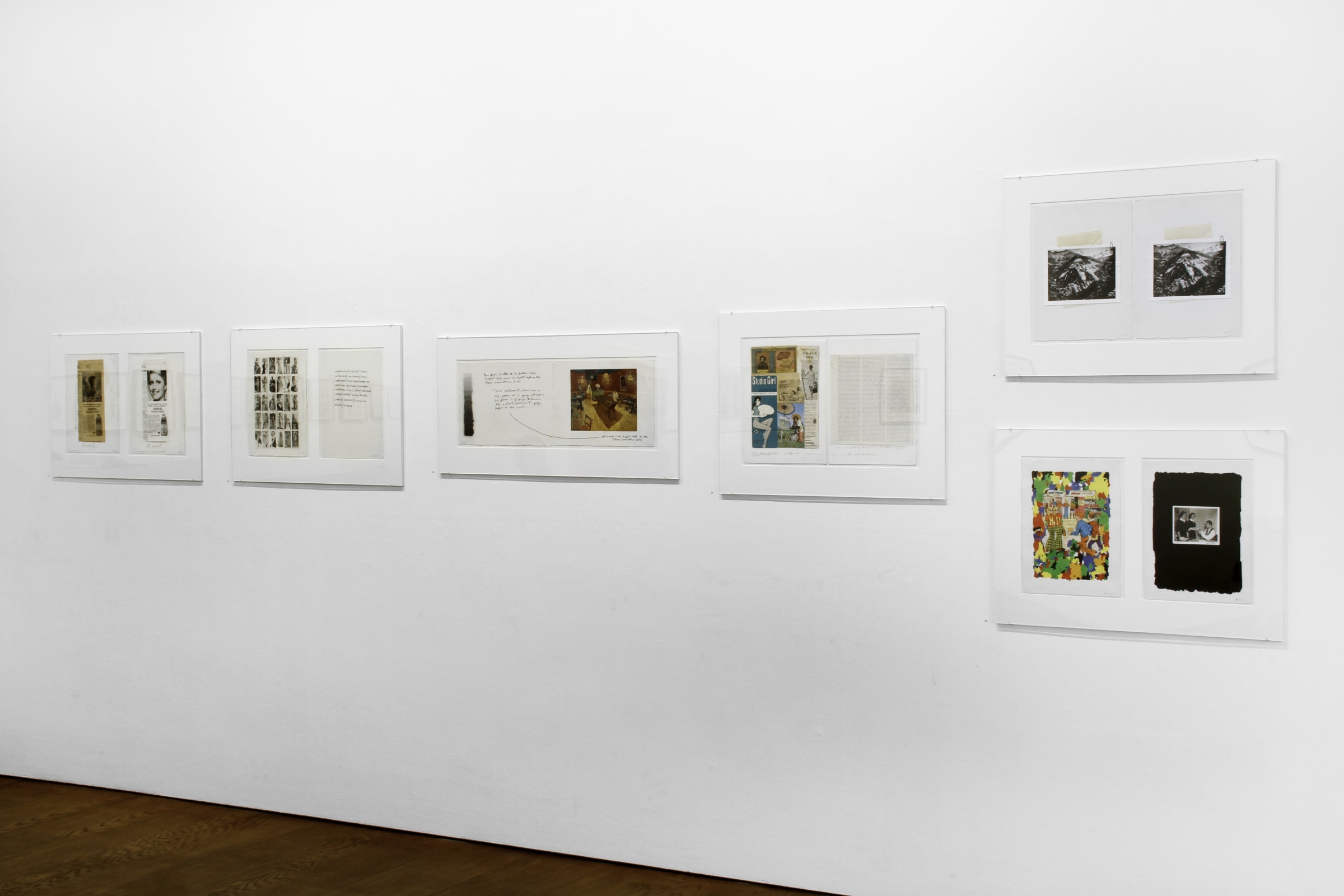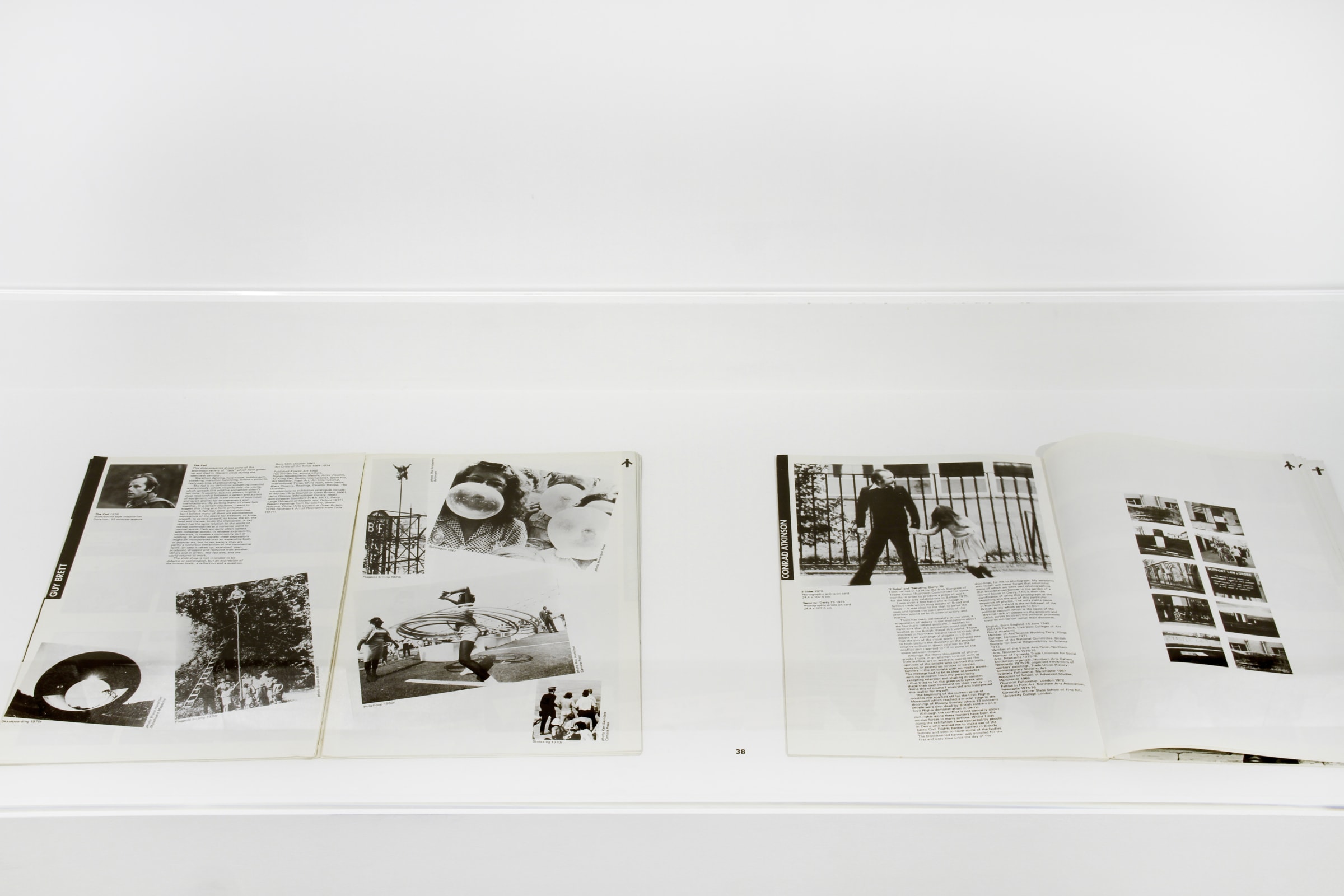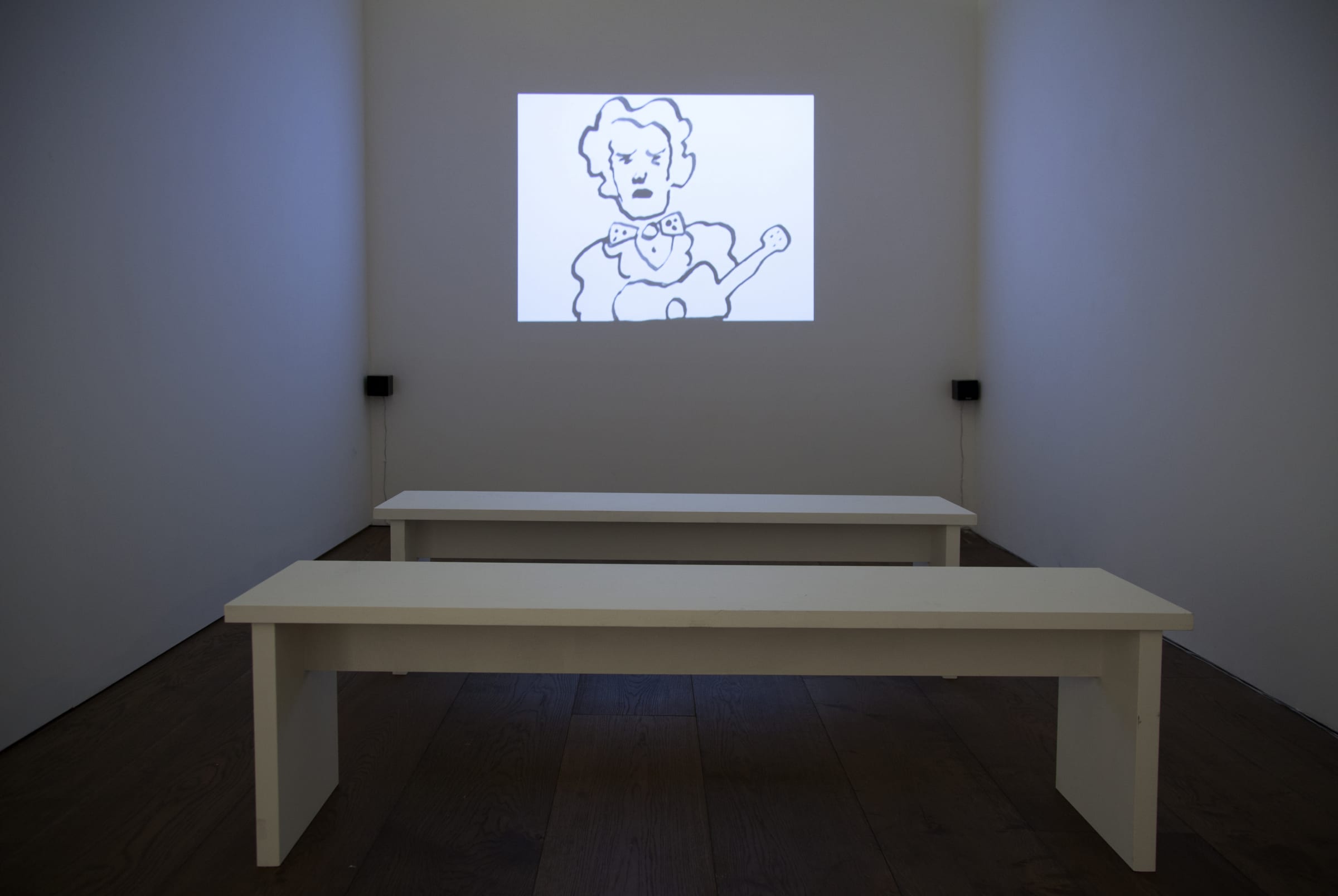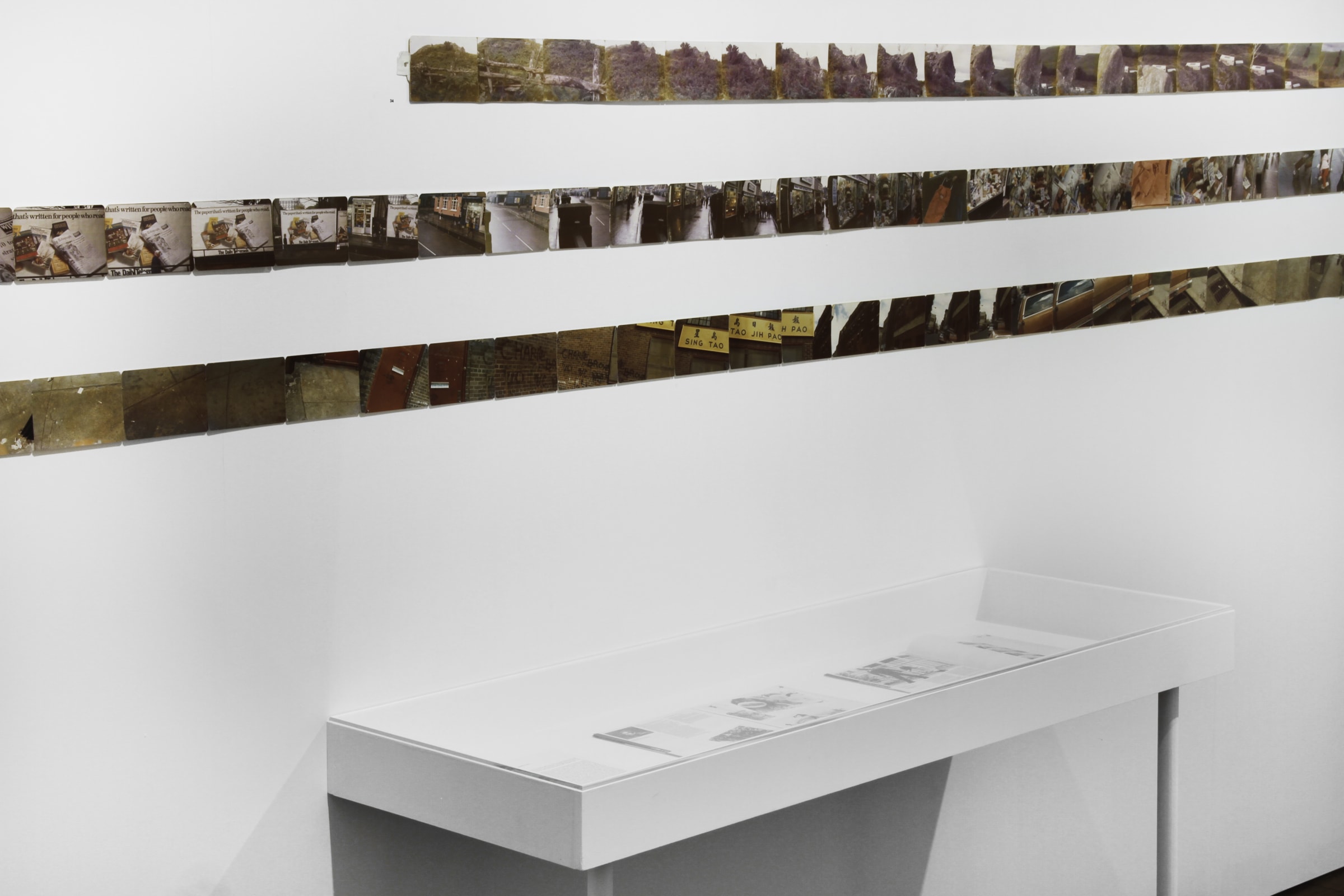Overview
Curated by writer Paul Gorman and art critic and curator Guy Brett, the exhibition Rethink/ Re-entry surveys the shifting emphasis of Boshier’s work from painting to more experimental means, re-examining the assemblages, collages, drawings, films, graphics and prints of the 1970s, alongside recent films and collages.
Flowers Gallery is pleased to present a solo exhibition by Derek Boshier, a pioneering artist of the 1960s British Pop movement. Boshier came to prominence as one of a generation of Pop artists to emerge at the Royal College, alongside David Hockney and Allen Jones, establishing a unique voice within the movement for his politicised critique of the prevailing consumer culture and mass media.
Curated by writer Paul Gorman and art critic and curator Guy Brett, the exhibition Rethink/ Re-entry surveys the shifting emphasis of Boshier’s work from painting to more experimental means, re-examining the assemblages, collages, drawings, films, graphics and prints of the 1970s, alongside recent films and collages.
During the late 1960s and early 1970s, Boshier broke away from the traditions of painting, seeking alternative modes of production to respond to the proliferation of images in everyday life. Guy Brett compares Boshier’s concerns in the 1970s with those of the Independent Group, the interdisciplinary precursors of the Pop movement who included Eduardo Paolozzi, Richard Hamilton and architects, theorists and photographers.
Like the Independent Group, says Brett, Boshier focused on “the close connection of life and art, the question of the accessibility of art for the mass of people, the constant sensitivity to changing political and cultural conditions, the breaking down of the distinction between high art and popular culture…” as well as the embrace of new technologies.
Producing mixed media works incorporating photography, books, posters and films, Boshier adopted the language of contemporary media as a form of critique, operating both within and outside of the art world. Described by Paul Gorman as “an important, though unjustly overlooked, contribution to the development of contemporary British art practice”, the provocative and experimental approaches of Boshier’s output of the 1970s were reflected within the gathering punk movement and also David Bowie’s work of the period. Featuring in the exhibition are original drawings from Boshier’s collaborations with The Clash on graphics for the CLASH 2nd Songbook, and his work with Bowie on the 1979 album Lodger.
Boshier’s 1973 film Change is displayed in the lower gallery, along with three films from 2014, Best Foot Forward; Did You See… That?; and Sometimes I Feel Like That.
In Change, Boshier spliced sequences of still images from an installation of 200 works at Boshier’s Whitechapel Gallery retrospective of the same year. Consigned to a film canister after completion, it remained unopened for 38 years, until the rediscovery of the film in 2012 provoked Boshier’s desire to create new films using contemporary digital technologies.
In his recent film works, Boshier has utilised the immediacy of the iPad to capture the minutiae of quotidian experience and also mined imagery from media and entertainment sources, such as television and the pages of magazines. Boshier’s appropriative approach to filmmaking is closely related to his collage works, interweaving simultaneous (and often contradictory) narratives, connected by basic thematic structures. The theme of opposition or contrast can be seen in works such as Two (About Duality) from 1974-5, a series of mixed media collages in which conflicting media images and text are displayed side by side. Similar dualism can be found in the conflated headlines of his re-drawn tabloid front page The Stun, (1979) in which the headline appears to read ‘QUEEN LIKES…/ VIOLENCE in Northern Ireland’; and within his film Sometimes I Feel Like That (2014) which invokes oppositional emotional states, from extreme apprehension to pure joy.
Exhibited alongside the films are recent collages from News from the Metropolis, a series of hybridised erotic figures, which draw together fragmented images of the body from fashion magazines, department store underwear catalogues and pornographic magazines. Outlined heavily in ink and configured into graphic shapes, their bulky, angular forms are strikingly at odds with the erotic subject matter. The prostrated figures of Adam - The Fall (2013), and The Dance (2014) provide echoes of Boshier’s enduring ‘falling man’ motif (also used in his 1979 design for David Bowie’s Lodger LP), a symbol of self-identification amid the de-humanising experience of mass culture.
The exhibition coincides with the publication of Derek Boshier: Rethink/ Re-entry by Thames & Hudson, a definitive monograph on the artist’s work, edited by Paul Gorman with a foreword by David Hockney. Boshier’s life in art is traced in a series of essays by leading academics, critics and curators including writers David E. Brauer, Guy Brett, Jim Edwards, Christopher Finch, Paul Gorman, John A. Walker, Chris Stephens of Tate Britain and Professor Lisa Tickner of the Courtauld Institute.
Derek Boshier takes part in the BBC season of programmes: BBC Four Goes Pop in August 2015. BBC Four has commissioned new channel idents by Derek Boshier, Peter Blake and Peter Phillips, to run throughout the season; and an episode of the documentary series What Do Artists Do All Day?, which follows a day with Boshier at his studio in LA.
Curated by writer Paul Gorman and art critic and curator Guy Brett, the exhibition Rethink/ Re-entry surveys the shifting emphasis of Boshier’s work from painting to more experimental means, re-examining the assemblages, collages, drawings, films, graphics and prints of the 1970s, alongside recent films and collages.
